The Stuart Highway, stretching approximately 1,500 kilometres from Port Augusta to Alice Springs, is an iconic road trip through the Australian Outback. While offering breathtaking scenery, it requires careful preparation and vigilance to ensure a safe journey.
Preparing for Your Journey
Before embarking on the 1,500 km drive along the Stuart Highway from Port Augusta to Alice Springs, thorough preparation is essential. Ensure your vehicle is in excellent condition, with a recent service and tyre check. Pack plenty of water, non-perishable food, and a first-aid kit. Bring spare tyres, tools, and extra fuel. Check road conditions and weather forecasts before departing.
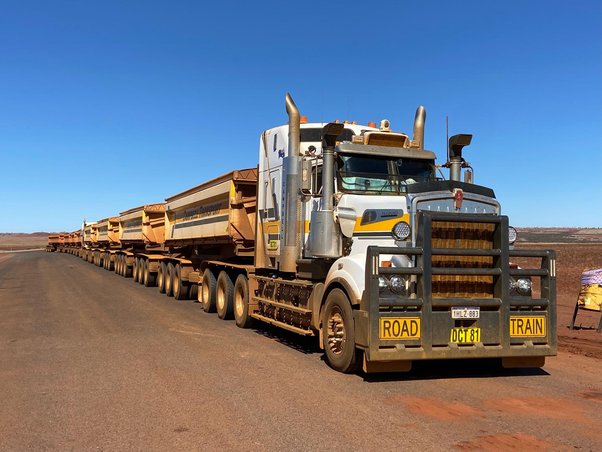
Overtake with care!
Fuel and Rest Stops
Plan your fuel stops carefully, as service stations can be hundreds of kilometres apart. Major fuel stops include Glendambo, Coober Pedy, Marla, and Erldunda. Fill up whenever you have the chance, even if your tank isn’t empty. Take advantage of the many rest areas along the way. Perhaps even set up a system where yo stop at every second or third rest area for twenty minutes or so. This was you are forced to take regular breaks to combat fatigue, aiming to stop the urge to ‘drive on through’.
Wildlife Awareness
The Stuart Highway passes through areas rich in native wildlife. Be particularly vigilant at dawn, dusk, and night when animals are most active. Kangaroos, emus, and cattle pose significant risks. Slow down if you spot animals near the road and avoid swerving to miss them, as this can cause loss of control.
Overtaking Road Trains
Road trains are common on this route. These massive vehicles can be up to 53.5 metres long. When overtaking, ensure you have a clear view of oncoming traffic and ample time to pass safely. It can take up to 30 seconds to overtake a road train, so patience and caution are crucial.
Outback Driving Etiquette
Use your headlights during the day to increase visibility. When approaching oncoming vehicles, especially at night, dip your headlights to avoid dazzling other drivers. If a faster vehicle approaches from behind, move to the left to allow them to pass safely.
Dealing with Extreme Weather
The Stuart Highway traverses harsh desert environments. In summer, temperatures can soar above 40°C. Use sun protection and stay hydrated. Be aware of the risk of bushfires and follow local advisories. In the unlikely event of flooding, never attempt to cross flooded roads.
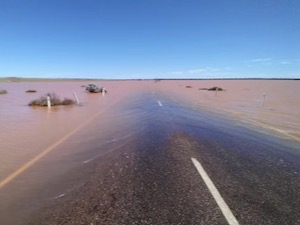
Check road conditions
Emergency Situations
In case of a breakdown, stay with your vehicle. It provides shelter and is easier for rescuers to spot. Carry a satellite phone or personal locator beacon for emergencies, as mobile coverage is limited outside towns. If you see a stranded motorist, stop to offer assistance if safe to do so.
Key Towns and Attractions
Break up your journey by exploring towns along the way. Coober Pedy, famous for its underground dwellings and opal mining, is a popular stopover. Woomera offers insights into Australia’s space history. The Dingo Fence near Coober Pedy is the world’s longest fence, stretching over 5,600 km.
Arrival in Alice Springs
As you approach Alice Springs, be prepared for increased traffic, this may be the first time you have seen any traffic for quite a while. The town is a hub for exploring central Australia, including Uluru-Kata Tjuta National Park. Take time to rest and recover from your long journey before further explorations.
Hopefully, by following these guidelines, you’ll be well-prepared for a safe and enjoyable drive along this iconic Australian outback route. Remember, the journey is as important as the destination, so take your time and savour the unique experience of traversing the heart of Australia.


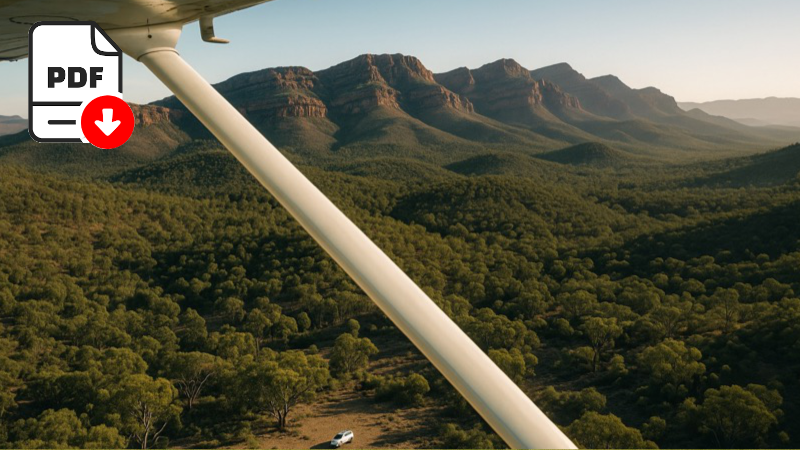


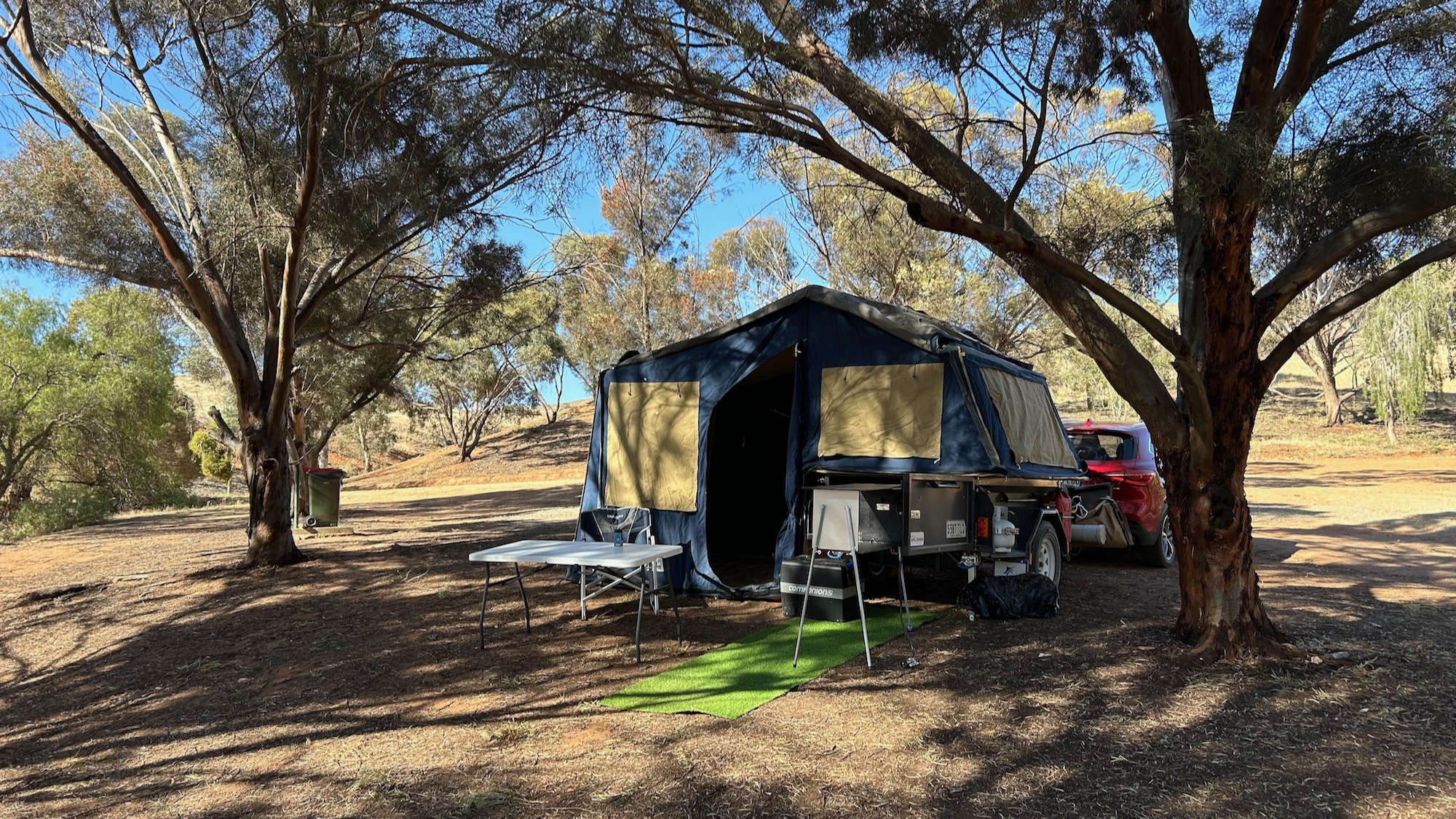
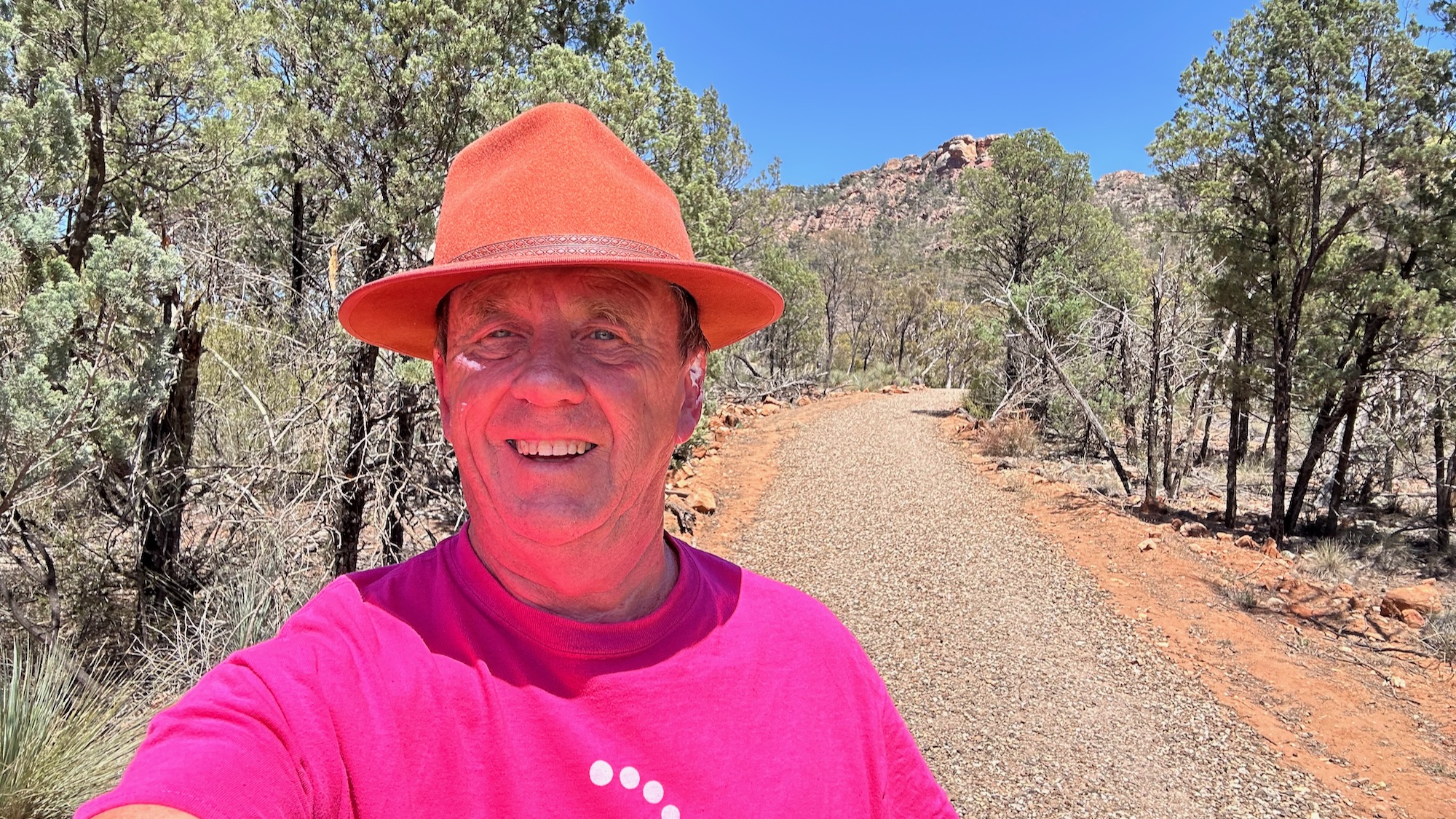
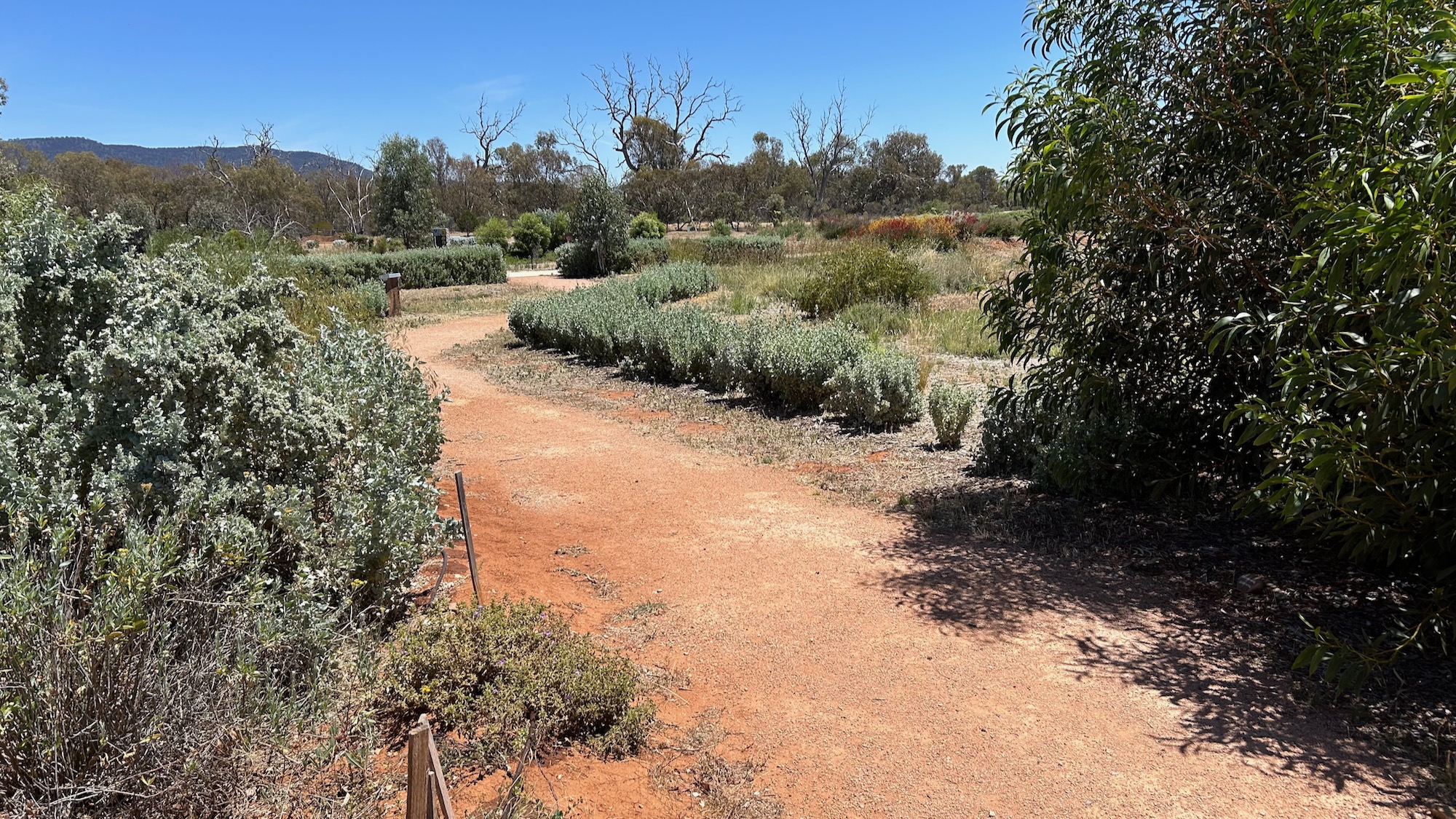

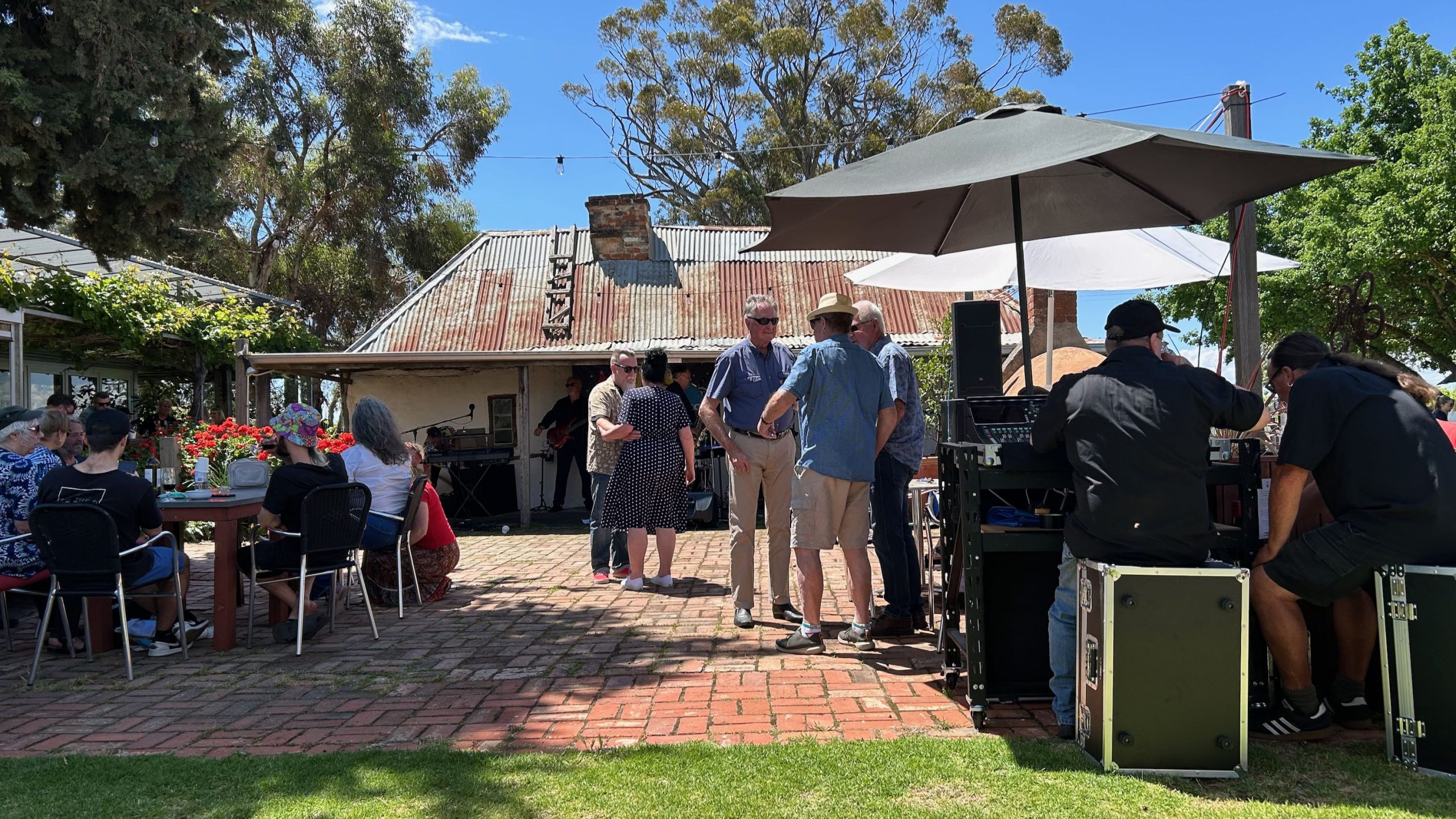



Leave A Comment